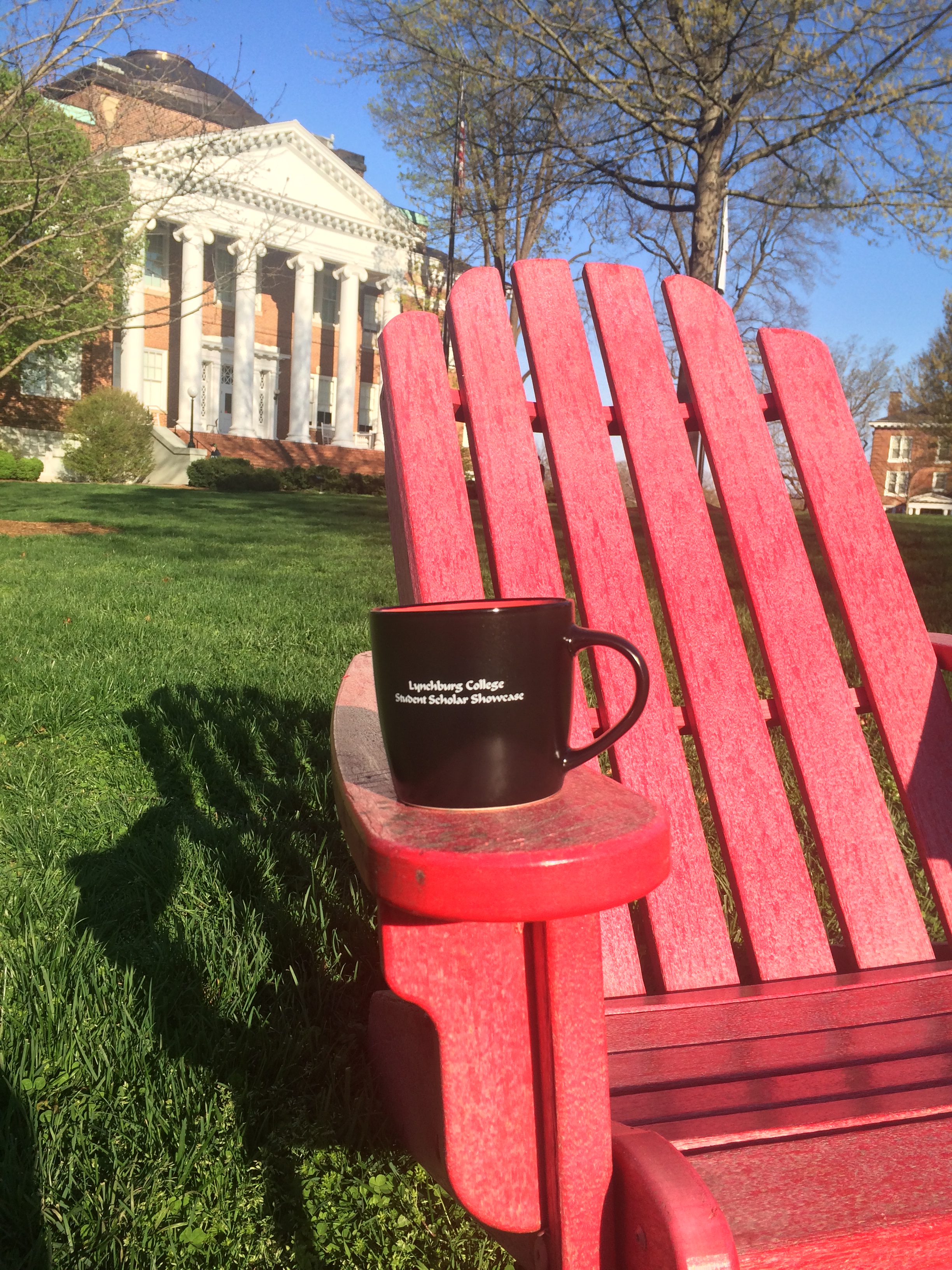
Access Type
Campus Access Only
Entry Number
127
Start Date
4-5-2017 1:30 PM
End Date
4-5-2017 1:45 PM
Department
Chemistry
Abstract
An assortment of over one hundred sand samples collected by Peter Viemeister in his travels all over the world was donated to the Lynchburg College School of Sciences by his wife after his passing in the hopes that students and faculty alike would find the collection to be useful. This sand collection is on display inside a glass case in Hobbs-Sigler Hall and is a source of beauty due to the multitude of vibrant colors and textures of the sands. In this research, an elemental analysis of a select number of the sand samples of historical interest was conducted to better understand the source of the sand’s beautiful colors. Sand samples were prepared for analysis using a microwave digestion system and subjected to microwave-induced plasma atomic emission spectroscopy for quantifying metal content. The results of the analysis of select sands collected from locations such as an ancient Mayan ceremonial site, a copper mine, and others will be shared.
Primary Faculty Mentor(s)
Priscilla Gannicott
Rights Statement
The right to download or print any portion of this material is granted by the copyright owner only for personal or educational use. The author/creator retains all proprietary rights, including copyright ownership. Any editing, other reproduction or other use of this material by any means requires the express written permission of the copyright owner. Except as provided above, or for any other use that is allowed by fair use (Title 17, §107 U.S.C.), you may not reproduce, republish, post, transmit or distribute any material from this web site in any physical or digital form without the permission of the copyright owner of the material.
Elemental Analysis of the Viemeister Sand Collection by Microwave-Induced Plasma Atomic Emission Spectrometry
An assortment of over one hundred sand samples collected by Peter Viemeister in his travels all over the world was donated to the Lynchburg College School of Sciences by his wife after his passing in the hopes that students and faculty alike would find the collection to be useful. This sand collection is on display inside a glass case in Hobbs-Sigler Hall and is a source of beauty due to the multitude of vibrant colors and textures of the sands. In this research, an elemental analysis of a select number of the sand samples of historical interest was conducted to better understand the source of the sand’s beautiful colors. Sand samples were prepared for analysis using a microwave digestion system and subjected to microwave-induced plasma atomic emission spectroscopy for quantifying metal content. The results of the analysis of select sands collected from locations such as an ancient Mayan ceremonial site, a copper mine, and others will be shared.

